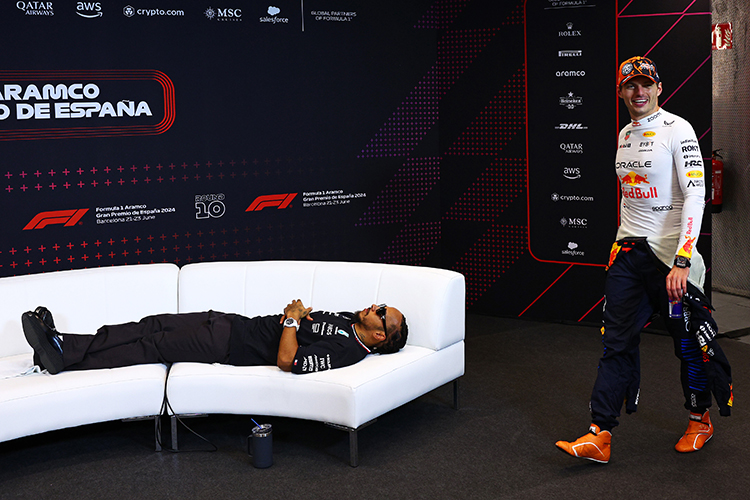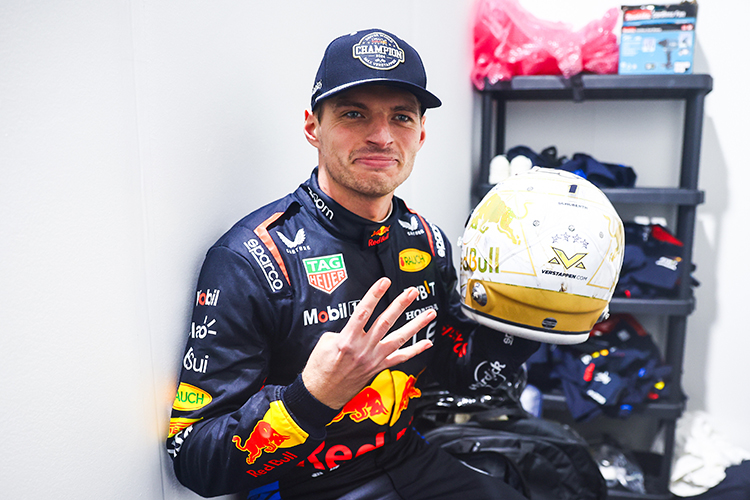How the Safety Car Deployment Affects the Safety of the Track and Drivers in F1

Formula 1 World Champions: A legacy of racing legends
How does the Safety Car deployment affect the safety of the track and drivers?
Discover how the Safety Car enhances track safety in Formula 1 by protecting drivers, marshals, and spectators during hazardous conditions.
The Safety Car in Formula 1 is a critical tool for ensuring safety during races. Deployed in response to hazardous conditions, it plays a key role in protecting drivers, marshals, and spectators while maintaining the integrity of the competition. By slowing the pace of the race and creating controlled conditions, the Safety Car minimizes risks and allows on-track incidents to be managed effectively.
Why is the Safety Car Deployed?
The Safety Car is deployed by the Race Director under circumstances that jeopardize the safety of the race. Common reasons include:
- Accidents or Collisions: Removing damaged cars and clearing debris from the track.
- Dangerous Track Conditions: Situations such as heavy rain, oil spills, or low visibility.
- Marshals on Track: Ensuring the safety of personnel attending to incidents or recovering vehicles.
In such scenarios, the Safety Car acts as a buffer, reducing the risks associated with high-speed racing while ensuring operations are conducted efficiently and safely.
Key Safety Benefits of the Safety Car
1. Controlling Race Speed
Once deployed, the Safety Car leads the field at a significantly reduced speed. This slower pace:
- Limits the Risk of Secondary Collisions: Drivers are less likely to encounter hazards unexpectedly.
- Prevents Dangerous Racing in Unsafe Conditions: By neutralizing the race, the Safety Car removes the incentive for risky overtaking or high-speed maneuvers.
2. Creating a Safe Working Environment
The reduced pace behind the Safety Car allows marshals to work on track with minimal risk.
- Incident Management: Marshals can clear debris, attend to stranded cars, or repair barriers without worrying about speeding vehicles.
- Medical Access: Emergency vehicles can reach injured drivers more quickly and safely.
3. Enforcing Driver Discipline
Drivers must adhere to strict regulations when following the Safety Car:
- No Overtaking: Ensures an orderly and predictable procession.
- Speed Control: Drivers must maintain a specific delta time, reducing the risk of sudden speed changes.
4. Protecting Vulnerable Areas
The Safety Car’s presence helps manage localized dangers, such as oil spills or standing water, by guiding the field through at a safe speed.
Safety Challenges During Safety Car Periods
While the Safety Car improves overall safety, it introduces some challenges:
- Tire and Brake Temperature Management: The slower pace can lead to cooling tires and brakes, affecting grip and performance.
- Restart Risks: The sudden return to racing speeds after the Safety Car exits can lead to collisions during intense battles.
- Lapped Cars and Track Positioning: The procedure for allowing lapped cars to un-lap themselves can create temporary confusion.
The Role of Technology and the Safety Car Driver
The modern Safety Car is a high-performance vehicle equipped with advanced communication tools:
- GPS and Telemetry Systems: Ensure real-time coordination between the Safety Car and Race Control.
- Experienced Driver: The Safety Car is piloted by a professional driver with a co-driver monitoring race data, ensuring precise control of the field.
Notable Safety Car Deployments
Historical moments underscore the importance of the Safety Car:
- 1994 San Marino Grand Prix: Highlighted the need for robust Safety Car procedures after several major incidents.
- 2021 Belgian Grand Prix: Demonstrated the Safety Car’s role in extreme weather, with the race completed under Safety Car conditions due to heavy rain.
Conclusion
The Safety Car is an indispensable part of Formula 1’s safety framework, ensuring that races can continue even in the face of danger. By neutralizing the field and enabling efficient incident management, it protects drivers, marshals, and spectators alike. While its deployment can alter race dynamics, its primary purpose remains clear: safeguarding the lives of everyone involved in the sport.
Up Next


